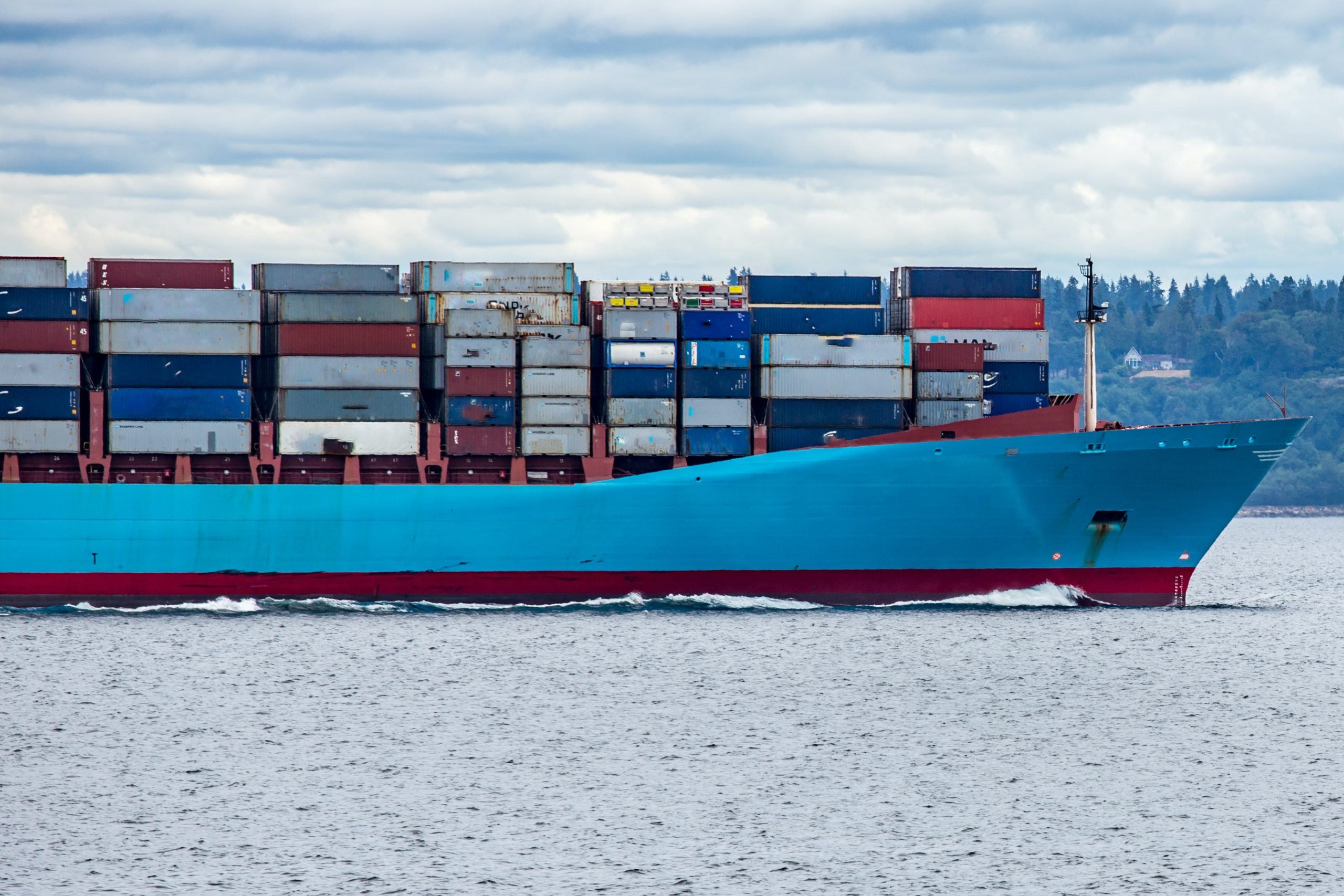How should businesses prepare for peak shipping season?
Scroll to find out more
Scroll to find out more

Peak shipping season is a period where supply chains experience an increase in demand, reducing available capacity from carriers.
As more importers try to guarantee space, capacity becomes strained. To balance out demand and supply for container space, carriers increase capacity. However, despite carriers increasing capacity, they are still unable to keep up with the rise in demand, putting pressure on prices and increasing freight rates. Therefore, businesses need to prepare in advance to navigate the added pressures of peak season.
Historically, peak shipping season has occurred between August to October as Black Friday, Cyber Monday and Christmas increase consumer demand.
Another shorter peak season occurs between January and February as businesses who source from China book more cargo in advance in anticipation of Chinese New Year, China’s national holiday. Most factories and manufacturers close for a week or more for the festivities, therefore many businesses book ahead of time causing another shorter peak shipping season period.
China’s zero-COVID policy uses a strategy of strict, targeted lockdowns and mass testing and neighbourhoods have been sealed off as a result. Trucking services are also reduced as cross regional movement is restricted and drivers need to provide proof of a negative COVID test.
This policy has already caused a strain on global supply chains, especially in Shanghai, home to the world’s largest port. Businesses risk being hit by these lockdown measures as it can affect inventory levels and prolong lead times of their shipments.
Supply chains are suffering from major port congestion all over the world, including:
With the added pressure of peak season, where consumer demand is set to rise and shippers are expected to import more cargo, this may increase the lead times of goods as supply chains are faced with having to move more containers in a tight market.
During the peak season period, businesses are often faced with additional costs caused by higher demand and existing disruption in the supply chain. This can include:

Having visibility over measurable data in your supply chain can support you with your core decisions. A clear understanding of historical data from previous years can help with inventory forecasting so businesses can optimise stock levels and prepare for the spike in demand.
Access to real-time data across the supply chain will allow you to access and investigate any problems that occur. This will give you the chance to solve problems quickly and move goods along the supply chain more swiftly, improving operational efficiency.
As peak season will add further stress on an already strained global supply chain, it is crucial you seek support from your freight forwarding partner to work through the challenges.
Freight forwarding partners should be able to advise on the best ways to move goods from A to B as well as provide full transparency on data. This includes information such as:
Effective communication with your freight forwarding partner can help you solve any problems you may encounter in real-time, reduce costs and optimise operational efficiency.
From origin to destination, there are many steps in the supply chain network to keep track of. From warehouse management to multiple manufacturers, organisations need to coordinate with their networks to keep up with the fluctuations in the market.
One way to keep stakeholders connected is to use a centralised system to host all of the communication, the data and to establish shared visibility.
This enables teams in the chain to access information from any part of the network which not only keeps everyone aligned, it also helps with faster decision making.
Zencargo is a digital freight forwarder and we offer a platform that provides end-to-end visibility across the supply chain. Our platform gives you full transparency over your shipments and we have a team of experts who can advise and help solve problems in real-time. We are a trusted partner and our goal is to help make your supply chain a competitive advantage, especially during difficult periods in the supply chain market.
Want to find out more? Get in touch with our experts today to see how we can help you achieve success during peak shipping season.


In Focus: India-Pakistan Ceasefire and European Congestion Last weekend’s cease...

In Focus: An update on U.S. tariffs The de minimis exemption for Chinese and Ho...